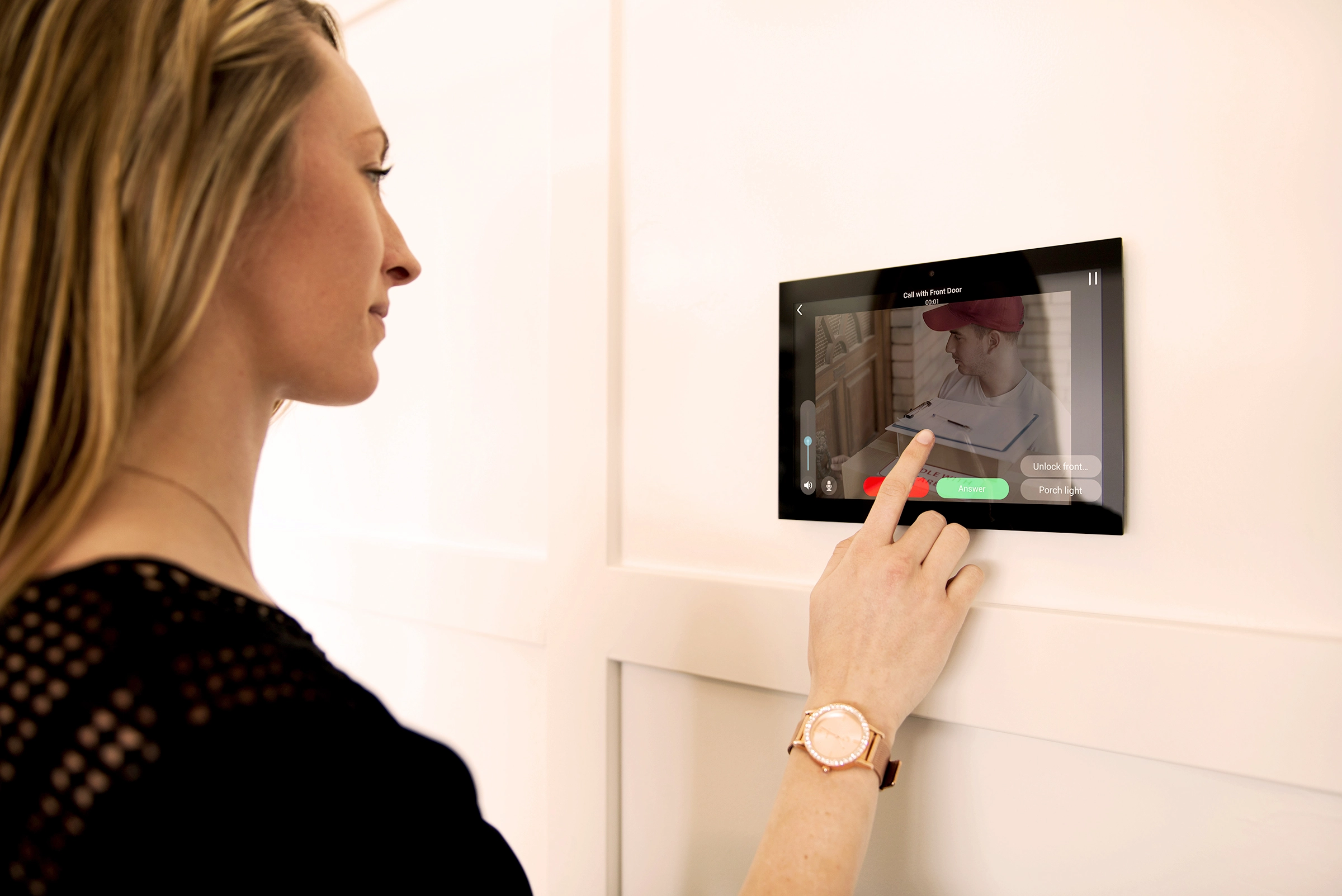Projector Screen Technology: Choosing the Right Surface for Optimal Viewing
When it comes to creating the perfect home theater experience, the choice of projector screen technology plays a pivotal role. The projection surface can significantly impact the quality of the image, making the difference between a good and a great viewing experience. This blog post will delve into the intricacies of projector screen technology, discussing different screen materials, gain levels, ambient light rejection capabilities, and acoustically transparent options. By the end, you'll have a better understanding of how to select the best surface for your specific home theater environment.
Understanding Screen Materials
One of the first decisions you'll need to make when choosing a home theater screen is the material. The most common screen materials include vinyl, fabric, and perforated vinyl or fabric. Each material has its strengths and weaknesses, and the choice largely depends on your specific needs and preferences.
Vinyl screens, for instance, are durable and easy to clean, making them a popular choice for many homeowners. Fabric screens, on the other hand, offer a more natural-looking image and are often preferred for high-end home theaters. Perforated screens, whether vinyl or fabric, allow sound to pass through, making them an excellent choice for systems with speakers placed behind the screen.
Deciphering Gain Levels
Another critical aspect of projector screen technology is the gain level. In simple terms, gain refers to the amount of light that a screen reflects. A screen with a higher gain will reflect more light, resulting in a brighter image. Conversely, a screen with a lower gain will produce a darker, but often more detailed image.
Choosing the right gain level depends on several factors, including the brightness of your projector, the amount of ambient light in the room, and your personal viewing preferences. For rooms with a lot of ambient light, a higher gain screen might be necessary to produce a bright enough image. On the other hand, in a darkened room, a lower gain screen can provide a more detailed and immersive viewing experience.
Exploring Ambient Light Rejecting Screens
Ambient light rejecting (ALR) screens are a relatively new development in projector screen technology. These screens are designed to reject light coming from angles other than the projector, effectively reducing the impact of ambient light on the image quality. This makes ALR screens an excellent choice for rooms with a lot of natural or artificial light.
However, it's important to note that ALR screens do have some limitations. For instance, they often require precise projector placement to work effectively, and they may not be the best choice for rooms with low ceilings or other architectural constraints. Nonetheless, for the right environment, an ALR screen can significantly enhance your home theater experience.
Considering Acoustically Transparent Screens
Finally, let's discuss acoustically transparent screens. These screens are designed to allow sound to pass through, making them an ideal choice for home theaters with speakers placed behind the screen. With an acoustically transparent screen, you can achieve a truly immersive audiovisual experience, with the sound coming directly from the screen just like in a commercial cinema.
However, acoustically transparent screens do have some drawbacks. They can be more expensive than other types of screens, and they may slightly degrade the image quality due to the perforations or weave pattern that allows sound to pass through. Therefore, it's essential to weigh the benefits and drawbacks before deciding on an acoustically transparent screen for your home theater.
Conclusion
Choosing the right projector screen technology is essential for unlocking the full potential of your home theater. From screen materials and gain levels to ambient light rejection and acoustically transparent options, each detail plays a role in delivering the cinematic experience you deserve. The best screen isn’t just about specs—it’s about what fits your room, your lifestyle, and your expectations.
Ready to dive deeper into projector screen technology? Contact the Ecolux Cinema team today for expert guidance, or explore our latest blog posts to learn more. Let’s bring your home theater vision to life.









